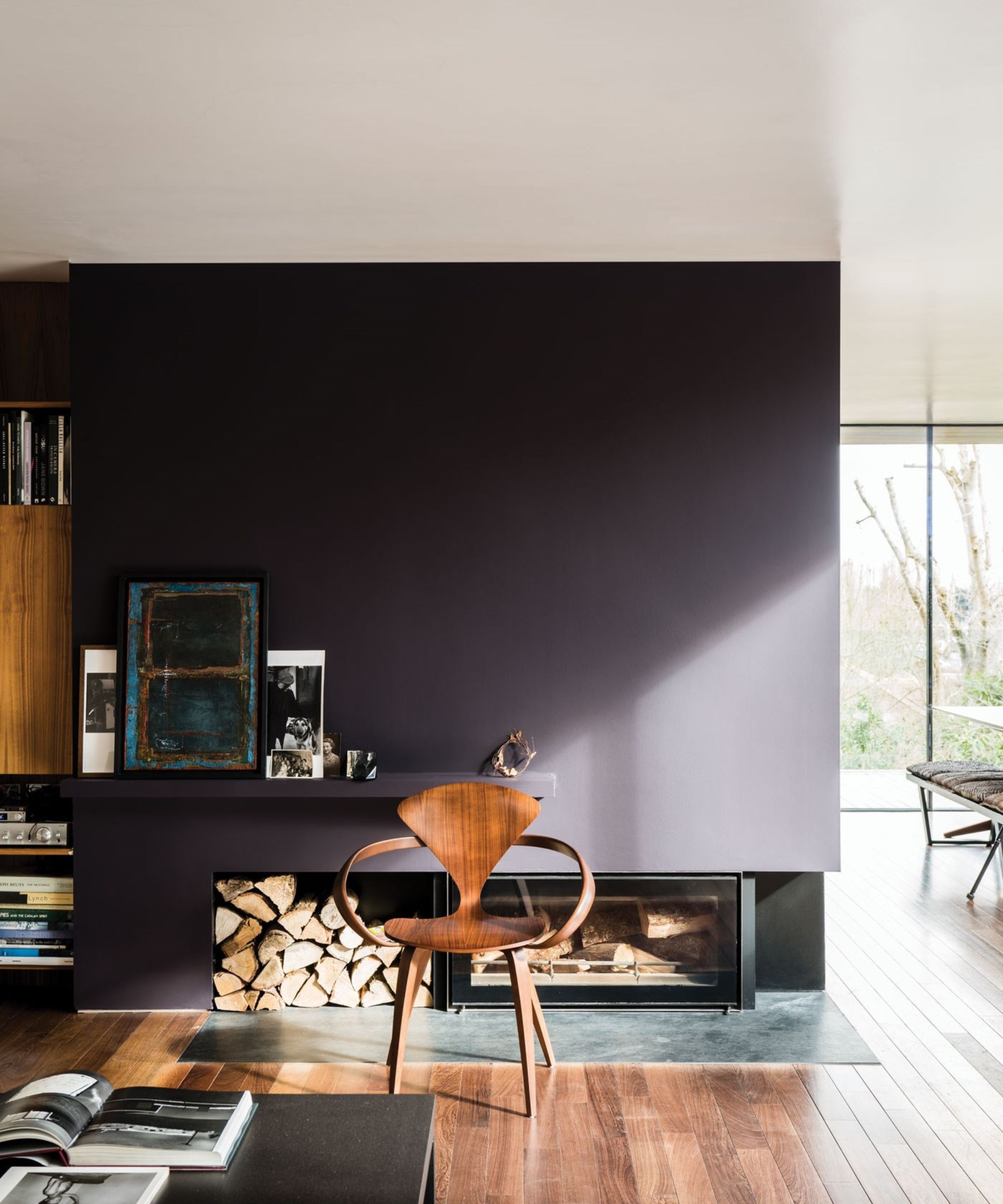Colors to avoid pairing with beige – 5 shades you’ll want to stay clear of
Beige might be the new gray but what color combos are a no-go with this classic shade?


Neutral room schemes work with all different styles of interiors, from minimalists to maximalists, hence why it's been growing in popularity in recent years – even replacing the one-beloved gray.
But, despite its much proclaimed versatility, are there any colors that don't work with beige?
We asked interior designers and color experts for their thoughts on creating a harmonious beige color scheme, and ensuring to avoid any of the shades they don't think work.
What colors don't work with beige?
With help from designers, we've put together a list of five colors that you should avoid pairing with beige as well as offering some suitable alternative color combinations (because there are never any hard rules in interior design).
1. Fuchsia

Beige doesn’t have to constitute an entirely neutral scheme, you can definitely pair it with brighter shades. However, you may want to think carefully about this.
Gaia Guidi Filippi, principal designer at Gaia G Interiors says ‘Beige pairs beautifully with other subdued tones and warm colors like caramels and heathers. Saturated, intense colors tend to clash with beige, disrupting its calming and neutral qualities. It's best to avoid pairing beige with very bright, vibrant colors like fuchsia. Instead, opt for pale, muted colors with brown or earthy undertones if you want to achieve that more polished, designer look.'
2. Bright yellow

It’s hard to pin down the exact colors that contrast negatively with beige as there as so many different shades of beige that you can choose from. However, as a general rule, yellow perhaps isn’t the most complementary choice.
Design expertise in your inbox – from inspiring decorating ideas and beautiful celebrity homes to practical gardening advice and shopping round-ups.
‘Beige walls, known for their warmth and versatility, create a soothing backdrop for any space, but choosing the wrong color pairings can disrupt this serene elegance. Bright yellows, electric blues, and hot pinks, for example, clash dramatically with beige, creating a jarring contrast similar to mixing oil and vinegar,' explains Ayten Nadeau, founder of I-TEN Designs.
Yellow in particular can easily wash out a beige scheme and make the entire room look wishy-washy. If you’re determined to use yellow, bring plenty of white into the scheme, alongside the beige to freshen up the palette and create some contrast.
3. Fiery reds and orange

Chances are, if you’re putting together a room design that uses the color beige as a backdrop, you’re not going to want to create a loud and unapologetic space. Instead, you’re likely to prefer a sense of calm.
Ayten explains that you should 'avoid bright reds and fiery oranges as they can overshadow beige’s softness, leading to a chaotic visual imbalance’.
However, if you’re a fan of these sumptuous and warm colors then choose muted versions such as a rusty red or terracotta, which will complement beige beautifully.
4. Deep purple

Purple can have both a warm and cool undertone depending on the shade. However, it is widely known to be quite a cooling color, all the way from lavender to deep plum.
Decorating with purple, especially in it's darkest form, definitely offers the wow-factor for a living space but it may not be the wisest choice as a pairing with beige. ‘Deep purples and violets, though dramatic, often create a discordant contrast that detracts from beige’s subtle charm’, explains Ayten.
The richness of deep purple can be dulled down by beige, which isn’t always the desired outcome. Instead, opt for a more muted neutral such as taupe that has a lilac undertone to it.
5. Vibrant green

Decorating with green is a popular choice because of the shade's calming qualities and versatility. It’s a color that comes in a multitude of different shades and tones, all the way from a muted sage green to a vibrant forest green. But, do any of them sit nicely next to beige?
We would definitely recommend avoiding using a vibrant green next to a beige in your upcoming room scheme. The calmness of beige juxtaposed with the energetic tones of bright green will feel quite jarring in a living space or bedroom.
Alternatively, an olive or sage green would work beautifully next to beige as they are both part of the neutral color palette.
There are no solid rules when it comes to color combinations. However, there are definitely some shades you may want to avoid pairing with beige. When it comes to using beige as a solid foundation to build the rest of your scheme around then we would recommend steering away from any vibrant pops of color such as bright pink, green or yellow as they can feel quite chaotic.
Instead, introduce other colors that have muted undertones to keep your desired room scheme feeling harmonious and well-thought-through.

Becca Cullum-Green is a freelance interiors content creator and stylist. She fell in love with interiors when she landed her first job as an editorial assistant at a leading UK homes magazine fresh out of university. You can find her renovating her 19th-century cottage in the Suffolk countryside, consciously trying not to paint every wall with Farrow and Ball’s ‘Pitch Black’. Her signature style is a mix of modern design with traditional characteristics. She has previously worked for House Beautiful, Grand Designs, Good Housekeeping, Red, Good Homes and more.